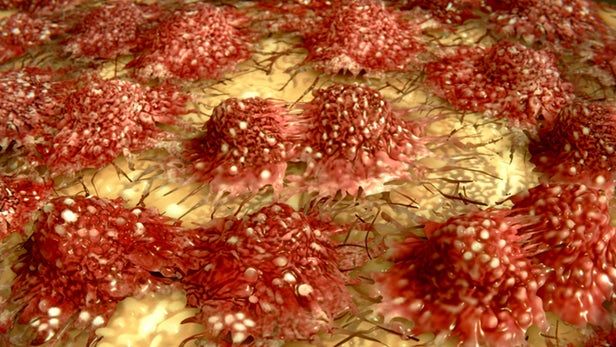Could Tony Stark’s arc reactor exist in real life? Probably not, but Gizmodo’s Ryan Carlyle made a valiant attempt to explain an almost realistic version of the science behind it. As a disclaimer, he warns, “Now, I’m mixing real science and fake science here. So physics nerds and comic-book nerds: Deal with it.”








